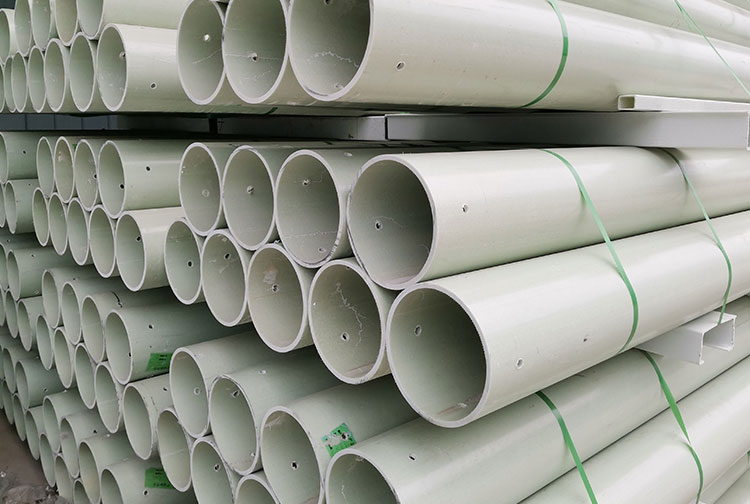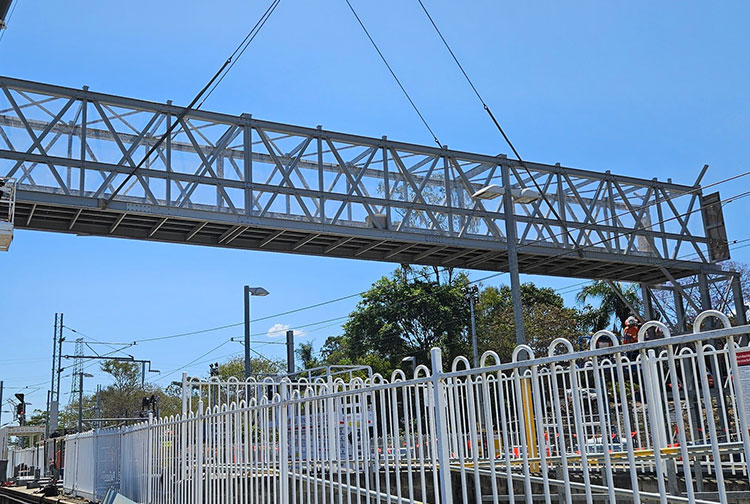
Image Caption: A close-up of the fiber structure in FRP plastic, showcasing its strength and lightweight design.
Introduction: A Heavy Problem Meets a Light Solution
In a world where industries face constant pressure to innovate, reduce costs, and improve efficiency, the search for advanced materials has never been more critical. Traditional materials like steel and concrete have long dominated construction, manufacturing, and infrastructure projects. However, these heavyweights come with their own set of problems: excessive weight, corrosion, and high maintenance costs. Enter FRP plastic—short for Fiber Reinforced Plastic—a game-changing material that combines featherlight properties with heavyweight performance. This article dives deep into why FRP plastic is emerging as the lightweight solution to some of the heaviest problems in modern engineering.
What is FRP Plastic?
FRP plastic is a composite material made by combining a polymer matrix with reinforcing fibers, such as glass, carbon, or aramid. The result? A material that’s incredibly strong, resistant to environmental damage, and—perhaps most importantly—significantly lighter than traditional alternatives. Unlike steel, which can weigh down structures and vehicles, or wood, which rots over time, FRP plastic offers a unique blend of durability and weight savings. It’s no wonder industries from aerospace to marine engineering are turning to this versatile solution.
The Heavy Problems FRP Plastic Solves
Across multiple sectors, heavy materials create challenges that ripple through project timelines, budgets, and sustainability goals. Let’s explore some of the most pressing problems FRP plastic addresses:
1. Excessive Weight in Construction
Traditional construction materials like steel and concrete add significant weight to buildings, bridges, and other structures. This not only increases transportation costs but also demands stronger foundational support. FRP plastic, being up to 75% lighter than steel, reduces these burdens without compromising strength. Imagine a bridge that’s easier to transport, assemble, and maintain—all thanks to the lightweight magic of Fiber Reinforced Plastic.
2. Corrosion and Degradation
Steel rusts. Wood rots. Concrete cracks. These are the Achilles’ heels of conventional materials exposed to harsh environments like coastal areas or chemical plants. FRP plastic, however, is corrosion-resistant, making it an ideal choice for structures that need to withstand moisture, salt, or acidic conditions. This durability translates to lower maintenance costs and longer lifespans.
3. High Energy Consumption
Heavy materials require more energy to produce, transport, and install. In an era where sustainability is paramount, FRP plastic offers an eco-friendly alternative. Its lightweight nature reduces fuel consumption during shipping, and its production process can be optimized to minimize environmental impact. It’s a small change that delivers a heavy punch in the fight against climate change.
Key Benefits of FRP Plastic
So, why is FRP plastic gaining traction as a go-to material? Here are its standout advantages:
- Lightweight: Reduces structural load and transportation costs.
- Durable: Resists corrosion, UV rays, and extreme temperatures.
- Versatile: Can be molded into complex shapes for custom applications.
- Cost-Effective: Lowers maintenance and replacement expenses over time.
- Sustainable: Energy-efficient production and recyclability options.

Image Caption: A lightweight FRP plastic bridge under construction, showcasing its practical application.
Applications of FRP Plastic Across Industries
The versatility of FRP plastic makes it a star player in a variety of fields. Here’s how it’s solving heavy problems in real-world scenarios:
Construction
In construction, FRP plastic is used for everything from reinforcing bars to entire structural panels. Its lightweight properties make it ideal for modular buildings, where speed and ease of assembly are critical. Plus, its resistance to corrosion ensures longevity in harsh climates.
Transportation
From cars to airplanes, weight reduction is a top priority in transportation. FRP plastic components, such as body panels and interior fittings, help vehicles achieve better fuel efficiency without sacrificing safety or performance.
Marine Engineering
Boats and offshore platforms face constant exposure to saltwater—a death sentence for metal. FRP plastic’s corrosion resistance makes it a favorite for hulls, decks, and piping systems, proving it can handle the toughest aquatic challenges.
Renewable Energy
In wind energy, turbine blades made from FRP plastic are lighter and more durable than their predecessors, improving efficiency and reducing wear. This lightweight solution is helping renewable energy soar to new heights.
FRP Plastic vs. Traditional Materials: A Comparison
To truly understand the value of FRP plastic, let’s put it side by side with steel and concrete in a comparative table:
| Feature | FRP Plastic | Steel | Concrete |
|---|---|---|---|
| Weight | Light (up to 75% lighter than steel) | Heavy | Very Heavy |
| Corrosion Resistance | Excellent | Poor (requires coatings) | Moderate (cracks over time) |
| Durability | High (resists UV, chemicals) | Moderate (rusts without maintenance) | High (but prone to cracking) |
| Installation | Easy (lightweight, moldable) | Difficult (requires heavy equipment) | Complex (labor-intensive) |
| Cost Over Time | Low (minimal maintenance) | High (maintenance costs) | Moderate (repairs needed) |
Table Caption: A comparison of FRP plastic with steel and concrete, highlighting its lightweight and durable advantages.
Real-World Success Stories
The proof is in the pudding—or in this case, the projects. Here are a couple of examples where FRP plastic has delivered lightweight solutions to heavy problems:
Case Study 1: The Miami Pedestrian Bridge
In Miami, a pedestrian bridge made with FRP plastic components was installed to connect a university campus with a busy urban area. The lightweight material reduced construction time by 30% and cut transportation costs significantly, all while ensuring a corrosion-free lifespan in Florida’s humid climate.
Case Study 2: Lightweight Yacht Design
A luxury yacht manufacturer switched to FRP plastic for its hull and decking, reducing the vessel’s weight by 20%. The result? Improved fuel efficiency, faster speeds, and a sleek design that turned heads at sea.
Challenges and Considerations
No material is without its hurdles. While FRP plastic excels in many areas, it does face some challenges. Initial production costs can be higher than steel or concrete, though these are often offset by long-term savings. Additionally, recycling FRP plastic requires specialized processes, though advancements are making it more sustainable every day. For engineers and decision-makers, weighing these factors against the benefits is key to unlocking its full potential.
The Future of FRP Plastic
As industries continue to demand materials that are lighter, stronger, and more sustainable, FRP plastic is poised to lead the charge. Innovations in manufacturing are reducing costs, while new fiber combinations are pushing its performance limits even further. From smart cities to space exploration, the lightweight solution to heavy problems is only just beginning to show its true potential.
Conclusion: Lightening the Load, One Project at a Time
FRP plastic isn’t just a material—it’s a revolution. By tackling the heaviest challenges in construction, transportation, and beyond, it’s proving that sometimes the lightest solutions carry the most weight. Whether you’re an engineer, a business owner, or simply curious about the future of materials, FRP plastic offers a glimpse into a world where durability, efficiency, and sustainability coexist. Ready to lighten your load? The answer might just be in Fiber Reinforced Plastic.
 +86 15303735673
+86 15303735673 Jessica@frpzs.com
Jessica@frpzs.com
 Technical Data
Technical Data











